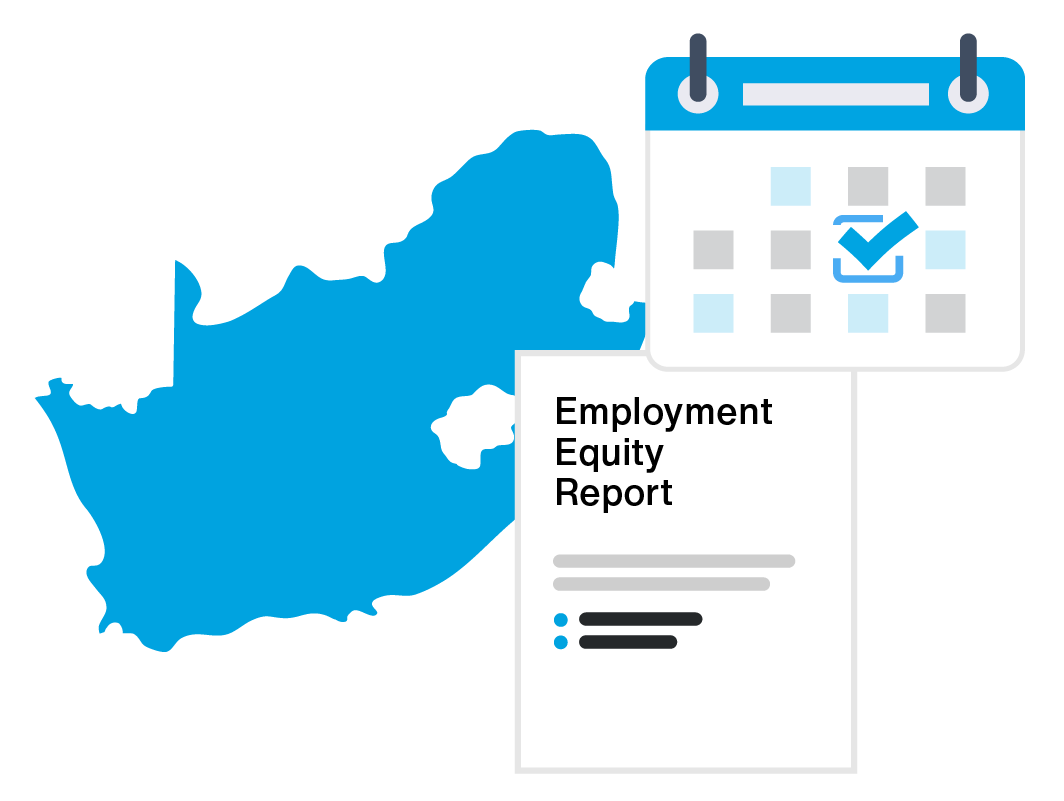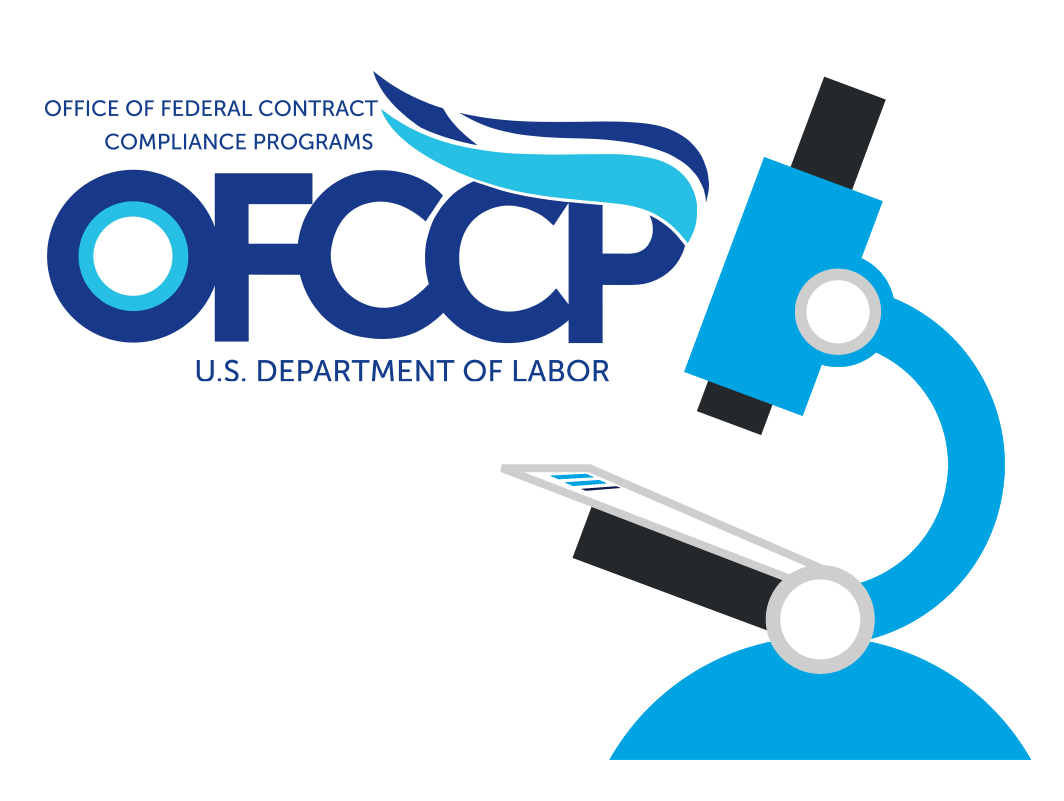
![]()
Striving for pay equity is a modern-day imperative for organizations. However, leading employers are looking more broadly at workplace equity.
Building an equitable workplace involves a holistic approach to providing equal access to opportunities and treating people fairly. While achieving pay equity ensures your employees are paid fairly, workplace equity ensures they are treated fairly throughout the employee lifecycle.
Organizations can foster better workplaces by building in opportunity equity into their hiring, promotion, and retention processes. By doing so, employers are better positioned to win the war for talent.
The Cost of Workplace Inequity
A study conducted by Pew Research in 2021 found that one of the top reasons U.S. employees left their job was a lack of advancement opportunities. Feeling undercompensated and disrespected were the top two “major reasons” employees resigned, according to the research.
These all sit at the intersection of workplace equity. Employers that neglect these critical elements of their workforce strategy are at risk of losing top talent.
This leads to significant cost increases for organizations. Gallup research indicates the cost of replacing an individual employee can range from one-half to two times the employee’s annual salary.
Beyond the hefty financial cost of turnover, there are hidden costs that have a tangible impact on the business. Employee attrition leads to lost productivity, employee burnout/low morale, lost institutional knowledge, cost of training a new hire and the added risk of mishiring.
Complying with Opportunity Equity Laws
Further, as pay equity legislation continues to evolve, there is an enhanced legal risk for employers that don’t take workplace and opportunity equity seriously.
For example, Colorado’s Equal Pay for Equal Work Act was recently amended to incorporate opportunity equity elements. One requirement is employers must notify Colorado job candidates when a new hire or promotion occurs from a competitive process.
Employers must also make “reasonable efforts” to “announce, post, or otherwise make known” the identity of the candidate selected for each job opportunity within 30 calendar days of their start date.
At a minimum, the following information must be provided to the employees with whom the
candidate will work with regularly:
- The name of candidate selected for the job opportunity
- The candidate’s previous job title if the selection was internal
- The selected candidate’s new job title; and,
- Information on how employees may demonstrate interest in similar job opportunities in the future. Employees must also be provided with the names of individuals or departments to whom they can express an interest in similar job opportunities.
Additionally, employers must disclose and make available to all eligible employees the requirements for career progression, together with the terms of compensation, benefits, full-time or part-time status, duties, and access to further advancement.
Illinois has similar requirements pertaining to job postings, and the EU Pay Transparency Directive requires employers to provide pay and progression information to employees upon request. As these laws continue to evolve and expand to other jurisdictions, it behooves employers to expedite their opportunity equity practices accordingly.
Create a Culture of Opportunity Equity
Like pay equity, opportunity equity is the right thing to do and integral to create workplace equity for all. Opportunity equity is the latest strategic initiative to encourage progress in closing pay gaps and creating gender parity.
Organizations can take the following proactive steps to foster a workplace that incorporates opportunity equity:
- Build diverse and inclusive organizations. Global research from McKinsey found that organizations that rank in the higher quartile of gender and ethnic diversity in leadership are more likely to financially outperform their peers that rank in the lower quartile of diversity.
- Move toward a policy of pay transparency. Half of all U.S. job postings now include pay data and not all of this growth is due to compliance requirements. Including salary information in job postings creates a culture of transparency and attracts more qualified job applicants to your open positions.
- Evaluate hiring and retention practices. An organization cannot achieve workplace equity goals if its hiring practices are not conducive to attracting diverse candidates. What’s more, this fosters a workplace culture that might lend itself to high turnover rates among those diverse candidates that are in fact hired. Evaluate if your organization provides equitable opportunity for all employees to thrive and advance.
- Analyze pay and promotion practices. Doing a pay equity analysis will identify where inequities exist in your organization but simply remedying them with one-time pay adjustments could mask the real issue. Are performance reviews significantly influencing pay increases and promotions? If so, is there a disparity in gender or race/ethnicity in who is being promoted based on these performance reviews? These are issues your organization should evaluate.
It is highly probable that opportunity transparency will follow pay equity in becoming a key strategy to address pay gaps and career inequities. In light of this, we recommend that organizations remain vigilant.
Leverage Workplace Equity Software
Workplace equity software enables employers to account for opportunity equity in their workforce strategy.
OpportunityParity™, a feature of Trusaic’s workplace equity analysis software, offers a complete solution for pinpointing and remedying equity concerns in your organization’s hiring, promotion, and retention processes.
Drawing from diverse global directives like the OFCCP, EEOC, EU Pay Transparency Directive, and more, it ensures fairness and inclusivity throughout your talent lifecycle, irrespective of geographical boundaries or regulatory frameworks.
How OpportunityParity Supports Your Goals:
- Improves equitable career advancement: Build equity into every aspect of your talent management process, from recruitment to retention.
- Analyzes and improves opportunity equity: Identify and address disparities in hiring, promotion, performance assessment, and retention.
- Helps you achieve workplace equity objectives: Use forecasts to help achieve your diversity objectives and accelerate progress with data-driven insights.
- Builds a culture of trust and transparency: Elevate human capital, bolster people sustainability, and fortify social responsibility metrics by fostering an environment of trust and transparency.
Leading organizations can improve their business and become early adopters of this movement by committing to pay and opportunity equity as part of an inclusive company vision and mission.




